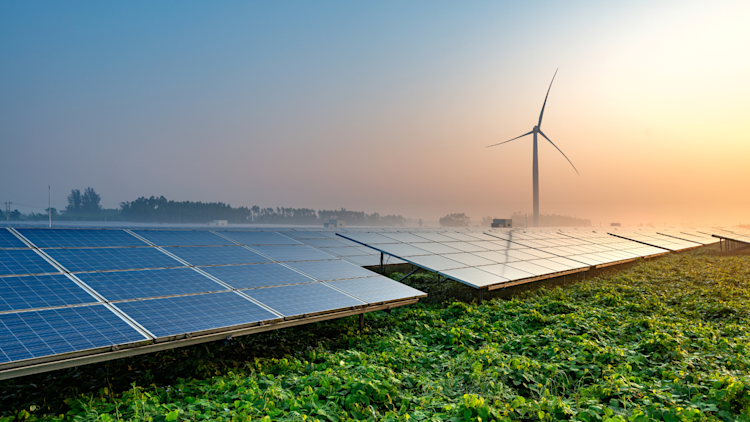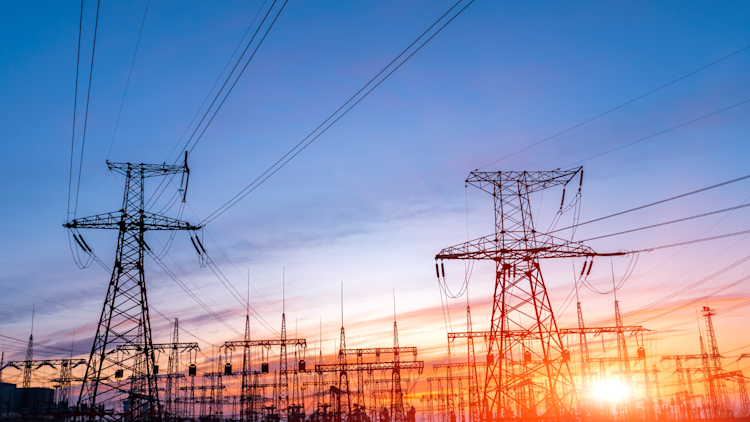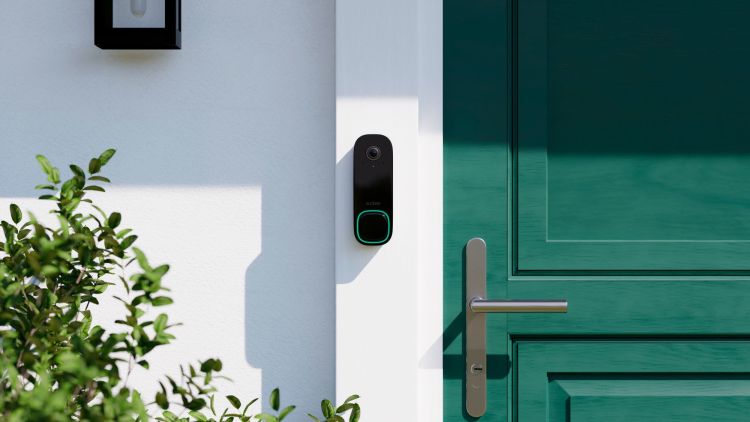How to Save Money by Improving Your Home’s Energy Efficiency
by ecobee on 10/06/2020 in Better Planet
8 min read
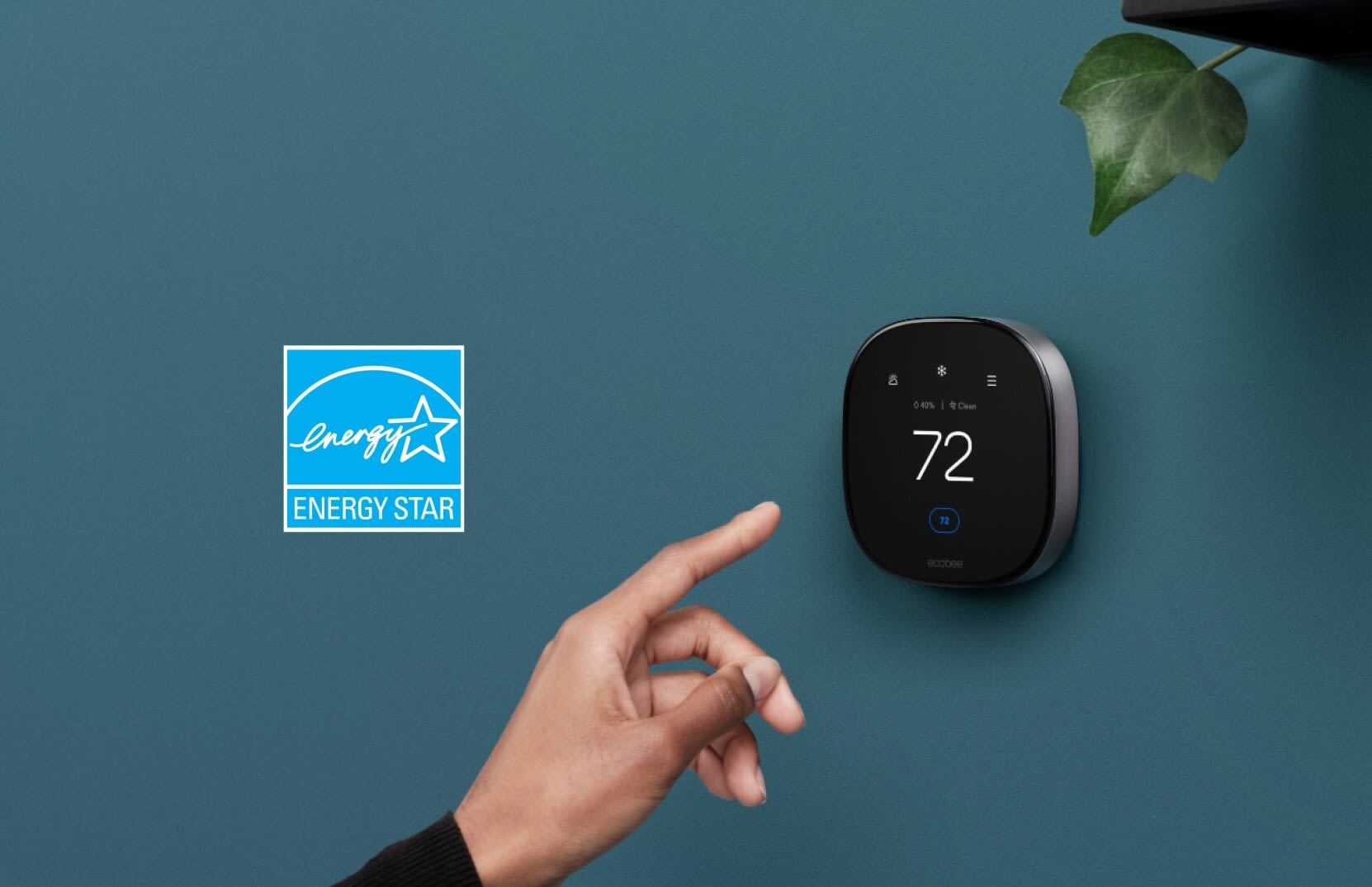
Updated June 22, 2023
The most affordable and cleanest energy choice we can make is to not waste it. Since 1990, energy efficiency improvements have delivered nearly $790 billion in savings and prevented over 300 large power plants from being built in the U.S. alone.
With the average U.S. household producing 7.5 tons of CO2 per year, improving your home’s energy efficiency can have a big impact in the fight against climate change.
We recently sat down with Abigail Daken, a product manager and environmental engineer for the Environmental Protection Agency (EPA). As the leading force behind the ENERGY STAR certification program for smart thermostats, Abigail’s work has cut CO2 emissions and helped millions lower their energy costs.
Here are Abigail's tips for improving your home’s energy efficiency this fall and winter.
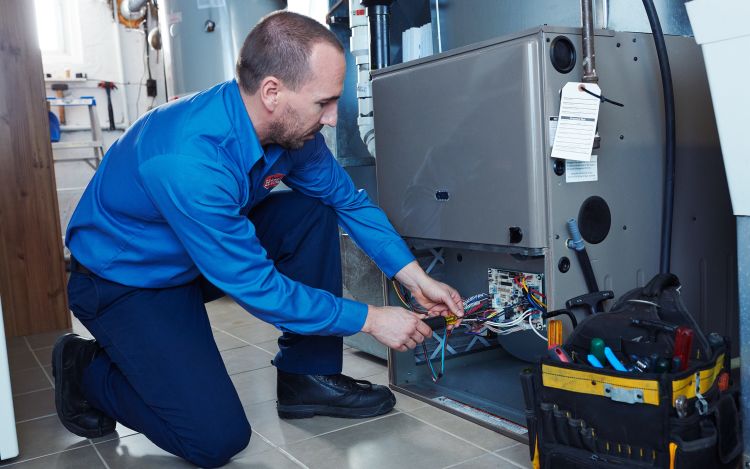
1) Maintain your home's HVAC system.
On average, over half of the energy used in a home goes to powering the heating and cooling system.*
“We don’t often think about it, but the third most expensive thing we own after our house and our car is our HVAC system. So, doesn’t it make sense to put a little money into maintaining it?” said Daken.
Caring for your HVAC system through regular maintenance checkups will keep it in good working order, help it operate more efficiently, and last longer. The EPA recommends hiring a qualified professional to inspect your HVAC system every six months.
With regular inspections you’ll also know when the system is nearing the end of its life. To avoid an expensive repair or an emergency replacement, it’s always worth it to upgrade to a new ENERGY STAR certified system before the old one fails.
We don’t often think about it, but the third most expensive thing we own after our house and our car is our HVAC system.
2) Replace old appliances with new energy-efficient models.
Replacing an ageing appliance with a new ENERGY STAR certified model will help you save energy without sacrificing performance.
Water heaters are the second biggest energy consumers in most homes, accounting for between 10– to 15% of total household energy use. New technology is now available that can cut a water heater's energy consumption in half, offering thousands of dollars in savings on operating costs over its lifespan compared to standard models.
By upgrading to a new ENERGY STAR certified model that uses heat pump technology, a four-person household can save about $350 per year on electricity compared to a standard electric water heater.
“If you’re going to stick with gas, a tankless gas model is also a good way to go,” said Daken.
Water heaters are the second-most energy intensive devices in the average home—accounting for 10–15% of total energy use.

3) Make your home airtight by air sealing and insulating.
An estimated nine in 10 homes in the U.S. are under-insulated. With proper air sealing and insulation, your home will stay cooler in the summer and warmer in the winter. According to Daken, homeowners who air seal and add insulation save an average of 15% on energy, and enjoy improved indoor air quality, reduced noise, and better humidity control.
Making your home airtight involves filling all of the gaps and openings along outer walls, including windows and doors, with expanding foam.
Because it’s a tricky and time-consuming process, air sealing, in most cases, is best left to the professionals. But if you’re comfortable taking on home improvement challenges, here’s a helpful guide.
Homeowners who air seal and add insulation save an average of 15% on energy—enjoy improved air quality, reduced noise, and better humidity control.
Once air sealing is complete, the next step is to add insulation. Unfortunately, adding insulation to walls can be a time-consuming, messy, and costly process. The good news is that you stand to make the most efficiency gains by insulating one place—the attic. That’s because warm air rises, which means the majority of heat lost in a home goes right through the roof.
Daken recommends improving attic insulation as a fast, relatively easy way to dramatically increase home energy efficiency.
The first step to insulating your attic is to go up there with a ruler and measure the existing insulation. Once you’ve taken your measurements, follow ENERGY STAR’s guide to add insulation.
Keep in mind that the EPA considers adding attic insulation to be a moderately difficult do-it-yourself project. If crawling around the attic isn’t for you, hire a qualified contractor to get the job done.
Daken recommends improving attic insulation as a fast, relatively easy way to dramatically increase home energy efficiency.
4) Hire an expert to assess your home’s performance.
Noticing sky-high energy bills or that your house is too cold in the winter and too warm in the summer? Daken recommends hiring a home energy expert to assess your home’s condition and energy performance, if doing so is within your budget.
A home energy expert will conduct a visual inspection and perform a battery of tests to identify leaks, moisture, and ventilation issues. Afterward, you’ll be provided a report on how to address any health and safety issues and improve comfort and energy efficiency.
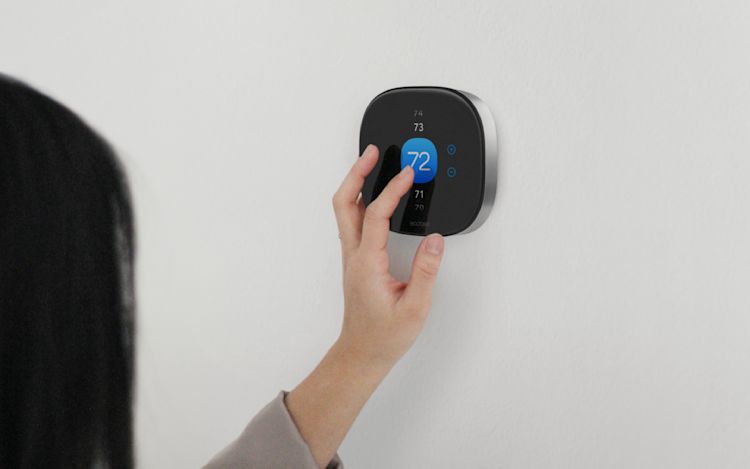
5) Upgrade to a smart thermostat
Most people have heard that smart thermostats lead to energy savings. But what is it that makes ENERGY STAR certified smart thermostats such proven cost-cutters?
Leading models like those from ecobee use GPS and occupancy sensing to track your comings-and-goings. They then adjust the temperature for comfort or energy savings accordingly. ecobee smart thermostats and sensors take things a step further—automatically shifting into energy savings mode once everyone’s gone to bed.
Matching your thermostat’s schedule to your household’s schedule is the easiest way to lower your heating and cooling costs and stay comfortable. The problem is, any household schedule changes can quickly make a thermostat schedule obsolete. The best smart thermostats are capable of using intelligence to overcome this hurdle. For instance, when an ecobee thermostat or sensor detects changes to your family’s occupancy habits, it sends an updated thermostat schedule for your approval. One tap is all it takes to lock-in the new schedule.
In general, smart thermostats make a big difference because they make it possible to use energy when it’s cheap and green.
Another big differentiator between ENERGY STAR certified smart thermostats and basic models is that the former are compatible with utility programs that provide cash incentives for homeowners to reduce their energy use.
Some of these programs encourage homeowners to pre-heat or pre-cool their homes at times of the day when demand is lower. While others reduce strain on the system by lowering the energy usage of enrolled customers during periods of unusually high demand, like a summer heat wave or a brownout.
“In general, the proliferation of smart thermostats has made a really big difference because it makes it possible to use energy when it’s cheap and green,” said Daken.
These features and many more are why smart thermostats with the ENERGY STAR logo are guaranteed to save you money and can actually put cash back in your pocket.
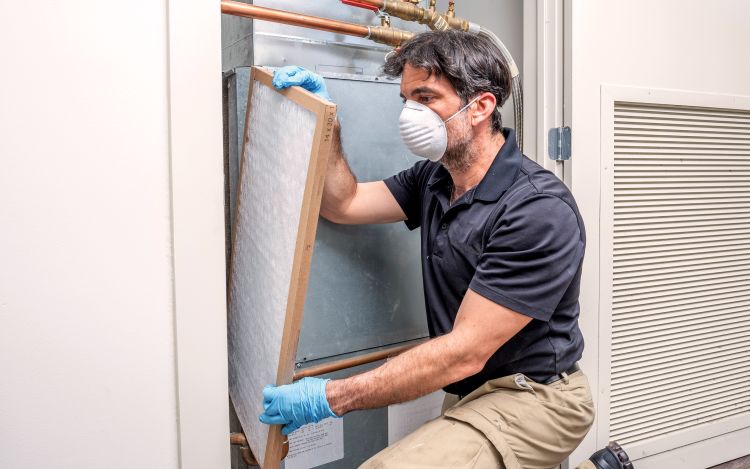
6) Replace your air filter regularly.
Energy Star recommends regular filter replacements to lower heating and cooling costs, prevent expensive repairs, and improve indoor air quality. While a professional will do this as part of regular maintenance, it’s also an easy do-it-yourself task.
“A clean filter prevents dust build-up in your system that can lead to expensive maintenance and early system failure,” said Daken.
You can avoid unnecessary trips to the store by signing up for a filter subscription service. With regular shipments to your front door, you’ll always have the right replacement on hand when it’s needed.
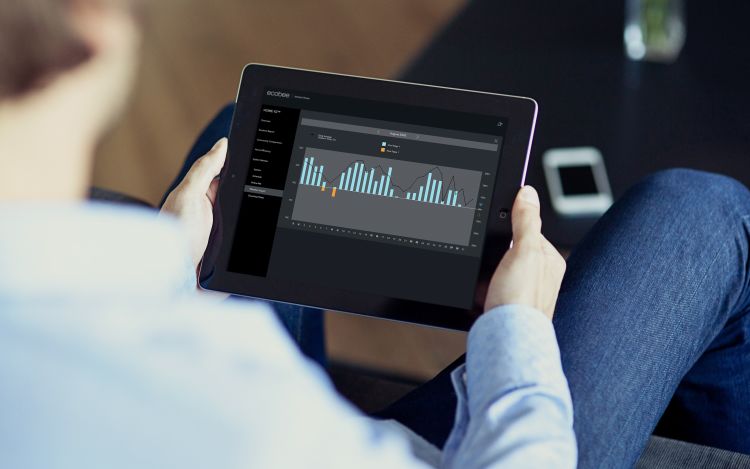
7) Track your home’s energy efficiency.
As well as automatically adjusting your heating and cooling system to save energy when you’re asleep or away, many smart thermostats let you track equipment use and temperature data over time.
Home IQ is an easy-to-use web dashboard for ecobee smart thermostats that tracks daily, weekly, and monthly energy usage. With detailed, yet digestible charts and graphs, it’s a handy way to see the difference your investment in energy efficiency has made.
* “Use of energy explained.” U.S. Energy Information Administration.
Did you enjoy this article?
Thanks for letting us know!

